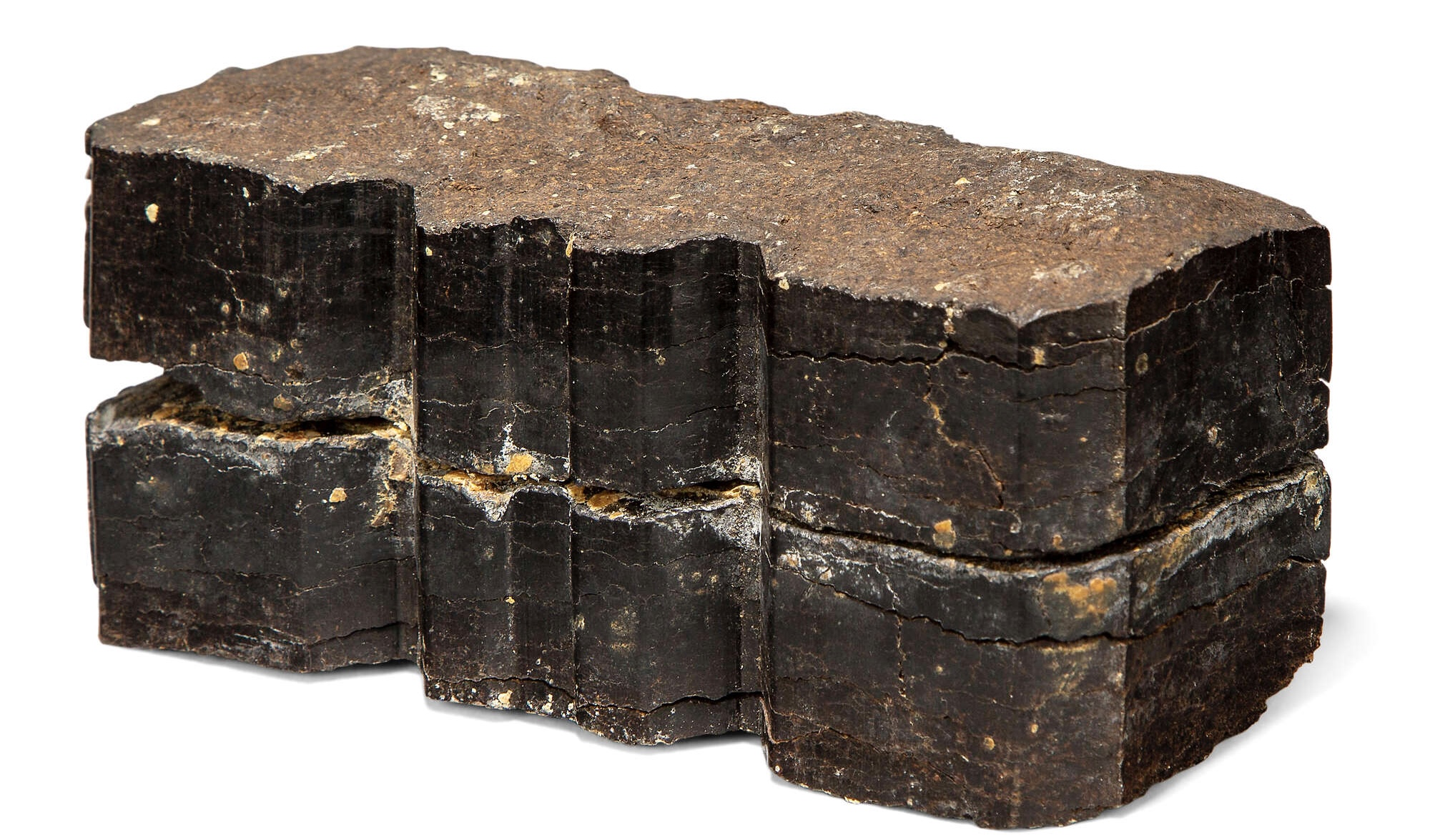

Courtesy of Roseberys London
Irish Energy, 1974
Peat Briquette and Butter
Joseph Beuys and the Bogs of Ireland
By Gayil Nalls
Sign up for our monthly newsletter!
I reland’s peatlands have long served as a wellspring of inspiration for poets, painters, writers, and filmmakers. These enigmatic landscapes—shaped over millennia by water, moss, and time—embody a quiet, haunting beauty. Irish artists such as Paul Henry and Maurice MacGonigal captured their misty expanses and boggy hills in romantic, pastoral scenes, evoking both nostalgia and resilience.
In 1974, Joseph Beuys (German, 1921–1986), one of the most influential figures in post-war avant-garde art, arrived in the Irish midlands. For Beuys, whose work often blurred the boundaries between ecology, politics, and art, the bog was not merely a landscape but a vital force. “The bogs,” he famously said, “are the liveliest elements in the European landscape—not just from the point of view of flora, fauna, birds, and animals, but as storing places of life, mystery and chemical change, preservers of ancient history.”
Deeply moved by the spirit of the Irish peatlands, Beuys expressed his connection through the creation of Irish Energies, a small but potent sculpture composed of two Bord na Móna peat briquettes sandwiched around a pound of Kerrygold butter. As with many of Beuys’ works, the materials were deeply symbolic: turf as a repository of ancient energies, butter as a living fat, a source of nourishment and vitality. The piece reflected his belief in energy transformation, both physical and cultural.
Following Beuys’ visit, the use of turf and peat in contemporary Irish art gained new momentum. What began as a conceptual gesture grew into a broader artistic movement. This culminated in the year 2000 when Irish architect Tom de Paor made a bold statement at the Venice Biennale of Architecture. Using 21 tons of turf briquettes—around 40,000 bucketfuls—he constructed N3, a monolithic installation that evoked the timeless, spiritual architecture of an early Christian oratory. When the Biennale concluded, the turf was not discarded but composted and spread in the Giardini gardens. As some remarked, it was “a gift to a drowning city”—an offering of the earth to the water, symbolizing renewal, humility, and ecological awareness.
Together, Beuys and the artists who followed him reimagined the bog not merely as a subject of romantic landscape art, but as a living archive of cultural, environmental, and energetic histories—fertile ground for experimentation, reflection, and transformation.
Irish Energy is part of “Bits & Pieces,” a collection assembled by Beuys for his friend and biographer, Caroline Tisdall, comprising over 200 objects, drawings, and multiples that encapsulate the artist’s diverse concerns, from nature and evolution to spiritual and planetary survival in materialistic times. In 1989, this collection was exhibited at the Ronald Feldman Gallery in New York, curated by Tisdall, offering insight into Beuys’ expansive artistic vision.
In 2022, Irish Energy was generously donated by Denis Sheeran and Family to the Irish Museum of Modern Art (IMMA) in Dublin, where it became part of the museum’s permanent collection. The sculpture is scheduled to be displayed in the exhibition ” IMMA Collection: Art as Agency;”, running now till February 6, 2028.
German artist Joseph Beuys studied at the Kunstakademie Düsseldorf, where he later taught from 1961 until 1972. Through his teaching, drawing, sculpture, printmaking, and groundbreaking performance work, Beuys developed and championed an expanded concept of art—one that broke free from traditional boundaries and embraced the idea of creativity as an essential, everyday force. He believed that artistic expression could be a catalyst for personal and societal transformation.
I had the opportunity to meet Beuys in New York during his first major retrospective exhibition at the Solomon R. Guggenheim Museum in 1979. He was already internationally recognized not only for his contributions to Fluxus and conceptual art, but also for his radical rethinking of the role of the artist in society. His famous declaration, “Everyone is an artist,” served as both a provocation and a call to action. For Beuys, art was not confined to galleries or studios; it was a social process, a means of shaping the world. This is why World Sensorium is called a World Olfactory Social Sculpture.
At the World Sensorium Conservancy, we continue to take inspiration from Beuys’ visionary approach. Just as he insisted on the creative potential of every individual, we affirm that “Everyone is a conservationist.”
We believe that environmental stewardship, like art, begins with personal responsibility and everyday action—and that it, too, holds the power to reshape our collective future.
Gayil Nalls, PhD is an interdisciplinary artist and theorist. She is the founder of the World Sensorium Conservancy and the editor of its journal, Plantings.
Sources
Roseberys London+1History of Our World+1
Plantings
Issue 47 – May 2025
Also in this issue:
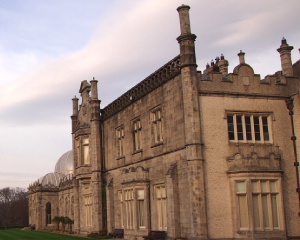
Haunted Histories in the Garden: A Sonic Journey Through Killruddery
By Joseph Young
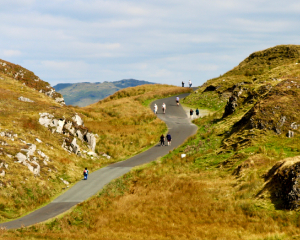
Protecting Ireland’s Blanket Bogs
By Dr Margaret Flaherty and Dr Gary Goggins
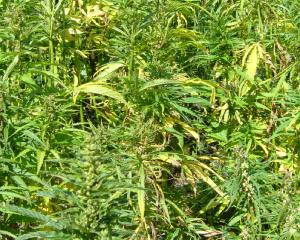
Building with Hemp: A Circular Path to Ireland’s Climate Resilience and Beyond
By Walter Brennan
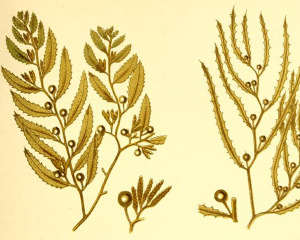
The Women Who Found Liberation in Seaweed
By Cara Giamo
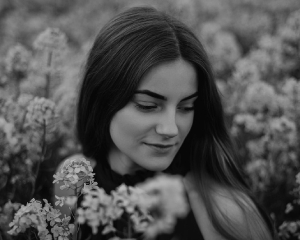
Scent and Synapse: Aromatic Flora and the Mechanisms and Power of Memory Recall
By Gayil Nalls
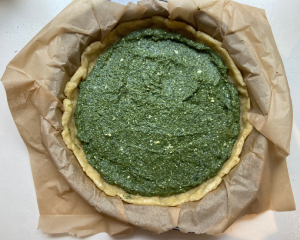
Eat More Plants Recipes:
Savory Spinach Pie
By Caterina Gandolfi
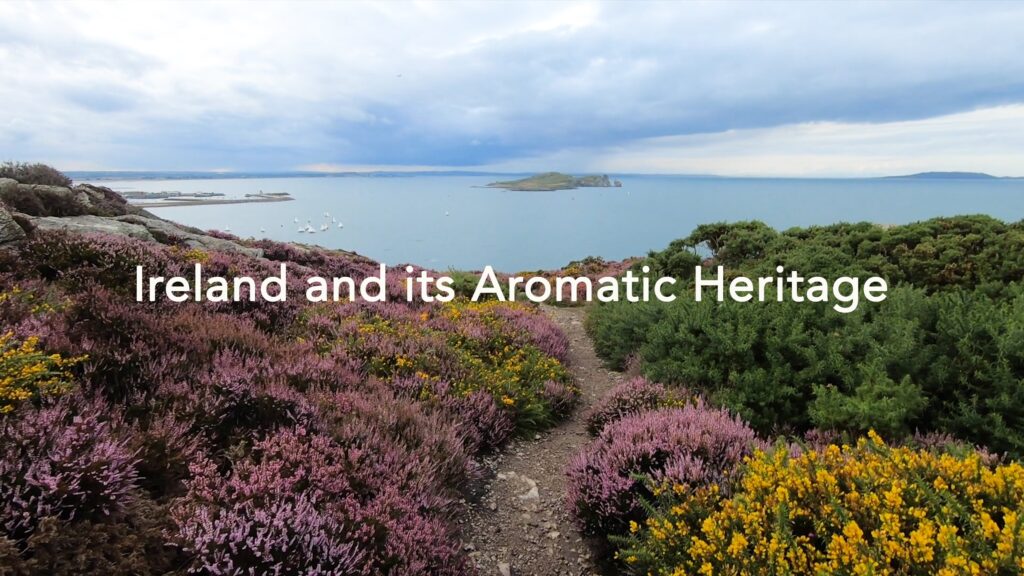
As Ireland transitions from the rich, smoky scent of peat-burning to a more sustainable future, its olfactory heritage is evolving. What will become the next iconic aromatic symbol of Ireland?
Click to watch the documentary trailer.

